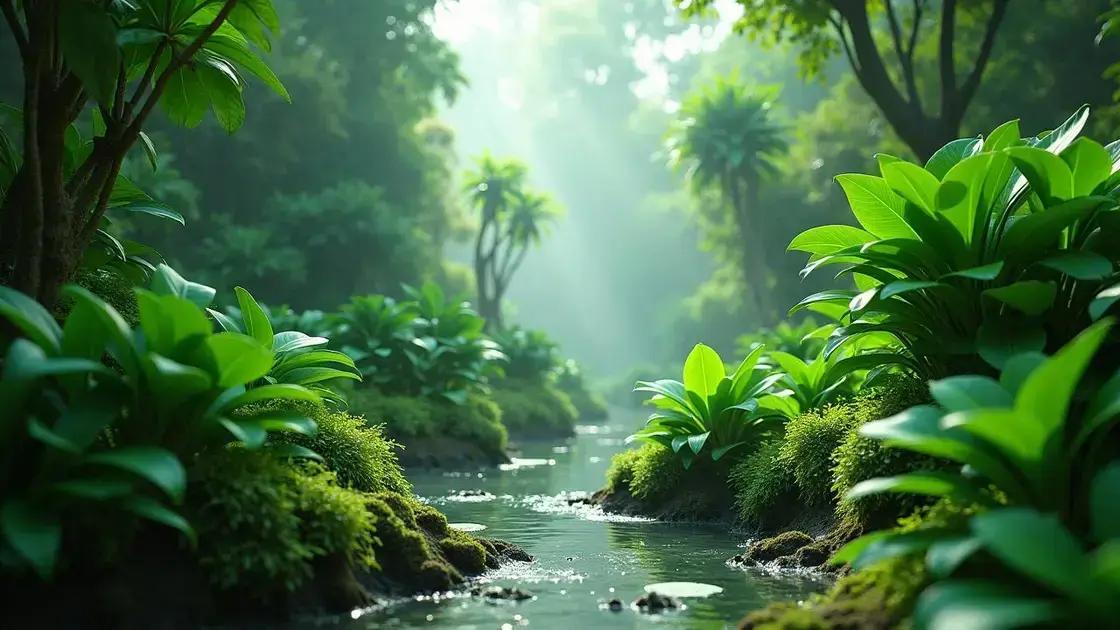How to Take Care of Pilea Plant: 5 Expert Tips for Thriving Greens
How to take care of pilea plant is a question many beginners ask as they embark on their indoor gardening journey. Whether you’re new to plant care or looking to enhance your skills, nurturing a pilea offers delightful rewards. Keep reading to uncover tips that can transform your houseplant experience.
Table of Contents
ToggleUnderstanding pilea plant watering needs
How to take care of pilea plant watering needs effectively is crucial for the health of your pilea. Proper watering habits ensure that your plant thrives and its leaves remain lush and vibrant. Overwatering or underwatering can lead to common pilea plant problems, so understanding these needs is fundamental for successful care.
Essential watering guidelines for the pilea plant
- Check soil moisture: Always check the soil before watering. The top inch should be dry to ensure proper hydration.
- Use room temperature water: Watering with room temperature water can prevent shock and help maintain optimal hydration.
- Avoid allowing standing water: Ensure that your pot has drainage holes, and empty any excess water collected in the saucer.
Signs of under or overwatering
- Overwatering: Yellowing leaves, mushy stems, or root rot are signs you’re watering too much.
- Underwatering: Droopy leaves, brown leaf tips, or dry soil indicate your plant needs more moisture.
Finding the right balance
Knowing your pilea’s specific watering needs is vital. Here are tips to help you achieve the perfect balance:
- Water your pilea approximately every 1-2 weeks, depending on the humidity and temperature of your environment.
- During the growing season (spring and summer), you may need to increase watering frequency.
- In winter, cut back on watering as the plant’s growth slows.
Best practices for pilea plant maintenance
Along with watering, consider these additional care techniques:
- Utilize a well-draining soil mix for optimal moisture retention. For more on this, check out exploring indoor gardening techniques.
- Rotate your plant regularly to ensure even light exposure and growth.
- Clean the leaves occasionally to remove dust and improve photosynthesis.
Common questions about pilea watering
Here are concise answers to common questions:
- How often should I water my pilea? Aim for every 1-2 weeks, checking soil dryness first.
- Can pilea tolerate low humidity? Pilea prefers humidity but can adapt; however, it benefits from occasional misting.
Finding the perfect soil for your pilea

Finding the perfect soil for your pilea is crucial for promoting healthy growth and vibrant leaves. The right soil mix provides your pilea with essential nutrients, drains excess moisture, and encourages healthy root development.
Essential components of ideal pilea soil
- Drainage materials: Incorporate perlite or coarse sand into your soil mix to enhance drainage.
- Organic matter: Using peat moss or coconut coir helps retain some moisture while allowing airflow to the roots.
- Nutrient content: Look for potting soil with fertilizers or consider adding slow-release fertilizer granules.
Recommended soil mixtures for pilea plants
Here are some effective soil mixtures suitable for your pilea:
- Basic potting mix: Combine equal parts potting soil, perlite, and peat moss.
- Custom mix: Combine 2 parts potting soil, 1 part perlite, and 1 part orchid bark for better drainage and aeration.
Choosing commercial potting soil
If you prefer a hassle-free approach, consider these options when selecting a commercial potting soil:
- Look for soil labeled as “well-draining” for optimal moisture retention.
- Ensure it’s organic and free from harmful chemicals that could impact growth.
- Check for a suitable pH range, ideally around 6.0 to 6.5 for pilea.
Tips for repotting your pilea
When it’s time to repot your pilea, follow these steps to ensure a smooth process:
- Choose a slightly larger pot to allow for growth.
- Prepare your new soil mix before removing the plant to reduce stress.
- Gently loosen the roots and remove any dead or rotting pieces.
Common questions about soil for pilea plants
Here are some quick answers to frequently asked questions:
- Can I use regular garden soil for my pilea? It’s not recommended, as garden soil can become compacted and restrict drainage.
- What if I can’t find a commercial pilea mix? You can easily create your soil mix using the components mentioned above.
Additional resources
For more on the best soil types for various plants, check out exploring indoor gardening techniques.
Key sunlight requirements for healthy pilea growth
Key sunlight requirements for healthy pilea growth cannot be overstated. Providing the right amount of light is essential for your pilea to thrive, develop strong leaves, and maintain its signature round shape.
Ideal light conditions for pilea
- Bright, indirect sunlight: The best light for pilea is bright but filtered. Place your plant near a window that receives indirect sunlight for several hours a day.
- Avoid direct sunlight: Too much direct sunlight can scorch the leaves. If your pilea starts to develop brown spots, it may be getting too much direct exposure.
- Low light tolerance: While pileas can survive in lower light, growth may slow, and leaves might become leggy. A bit of extra light can help keep your plant healthy.
Signs of proper lighting
Knowing the signs of healthy pilea growth is essential:
- Lush, green leaves: An abundance of vibrant leaves indicates your pilea is getting the right light.
- Growth towards light: If your plant leans towards a light source, it may be seeking more sunlight.
Adjusting light conditions
If your pilea is not thriving, consider these adjustments:
- Move your plant closer to a window, or rotate it regularly to ensure even light distribution.
- If your space has limited natural light, you might consider using a grow light during darker seasons.
Common questions about sunlight for pilea
Here are answers to some frequently asked questions:
- How much sunlight does a pilea need? Aim for 4-6 hours of bright, indirect sunlight daily for optimal growth.
- Can pilea tolerate fluorescent light? Yes, while natural light is best, fluorescent lights can be suitable for growing pilea indoors.
Final tips for pilea in sunlight
Keep these tips in mind when positioning your pilea:
- Observe your plant’s response to light and adjust its location as needed.
- Consider the changing seasons and how they affect sunlight patterns in your home.
For more insights on potting and care, explore exploring indoor gardening techniques.
In conclusion
How to take care of pilea plant effectively encompasses understanding its watering needs, finding the perfect soil, and meeting its light requirements. By providing the right conditions, including bright, indirect sunlight and well-draining soil, you’ll ensure your pilea thrives and flourishes in your indoor garden. Always stay attentive to your plant’s unique responses to its environment, and don’t hesitate to make adjustments as needed. For more insights and community advice, check out tips on enhancing your indoor garden.

